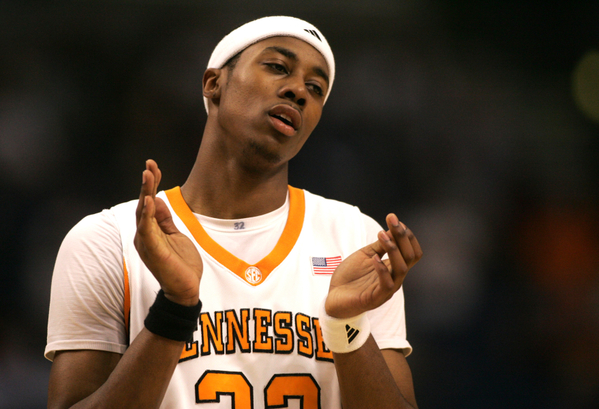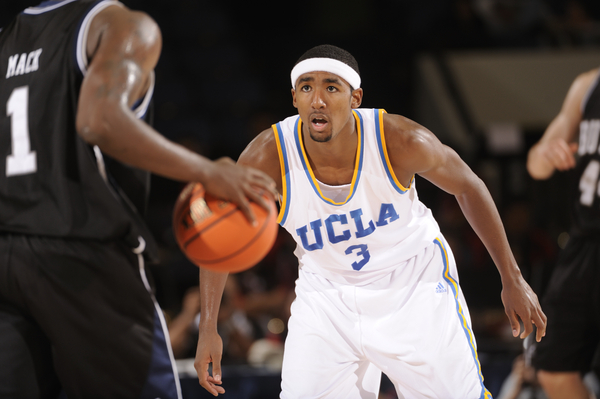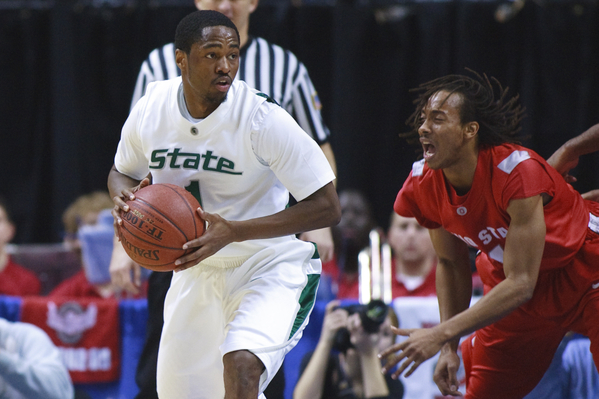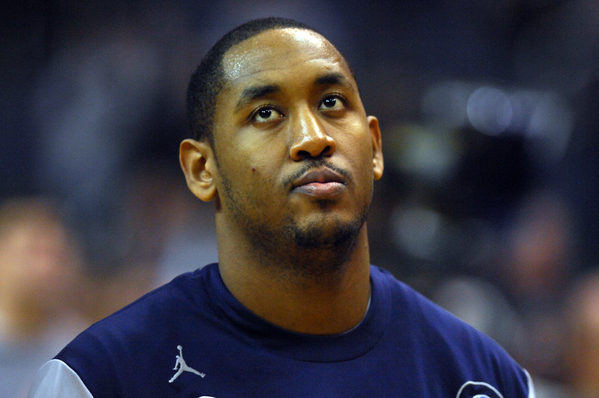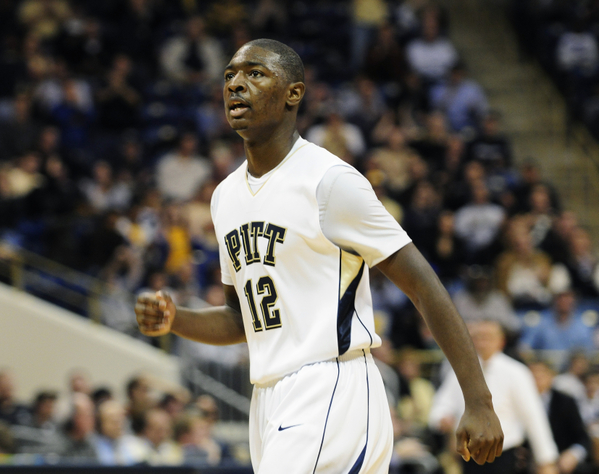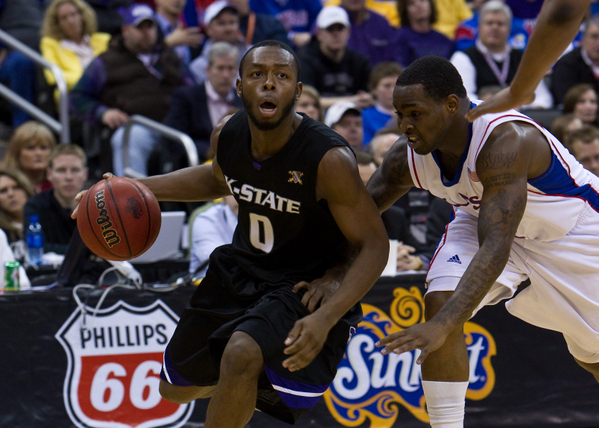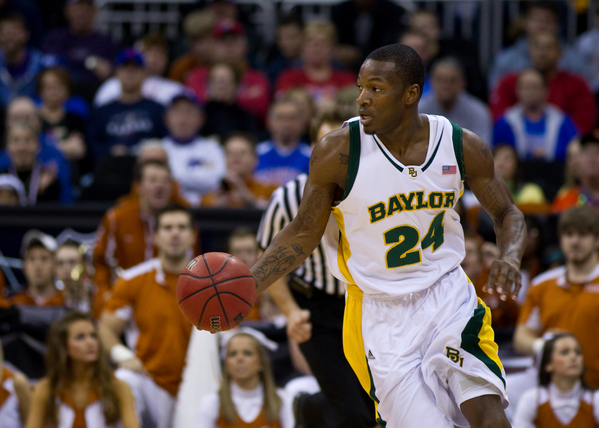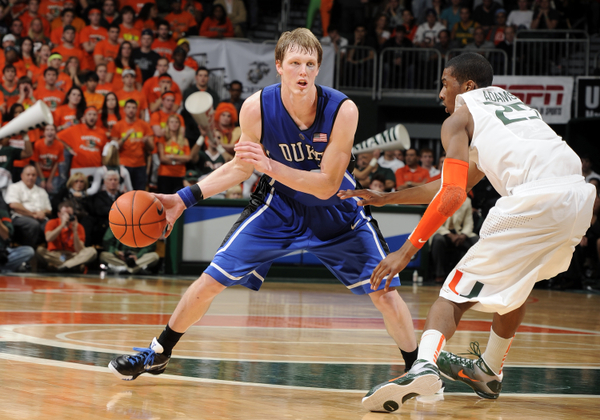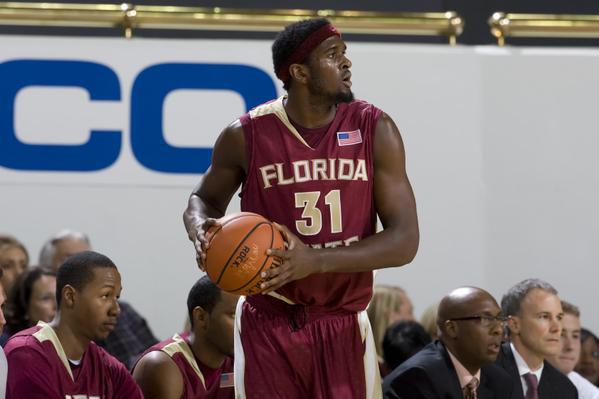20 At The Top: SEC Player Rankings
Posted by zhayes9 on August 13th, 2010Zach Hayes is an editor, contributor and bracketologist at Rush the Court.
For the entire 20 At The Top series, click here.
As long as the coaching spectrum around the SEC remains stable, there’s little reason to believe that the conference should ever experience a disastrous season similar to what occurred three years ago when a 4-12 Georgia team won four games in four days to take the tournament crown. The main reasons: coaching and recruiting. Since that time, John Calipari replaced Billy Gillispie as the head honcho at Kentucky and has immediately pulled off previously unforeseen recruiting escapades. Mark Gottfried has been let go and young Anthony Grant with his string of success at VCU has a bright future. Jeff Lebo is gone for Tony Barbee, a Calipari disciple. Exit: Dennis Felton. Enter: Mark Fox, who has already lured a top-15 player for 2011 to Athens. Veterans Bruce Pearl and Billy Donovan can recruit and coach toe-to-toe with the best in the business. Kevin Stallings at Vanderbilt is one of the best X’s and O’s coaches around and just two summers ago talked John Jenkins into a commitment. Trent Johnson, Billy Kennedy, Rick Stansbury, Darrin Horn and John Pelphrey (right now his inclusion might be a stretch) are not exactly slouches either. This collection of intelligent, charismatic and successful coaches should keep SEC basketball respected somewhere in the vicinity of its football brethren for the near future.
1. Chris Warren, Mississippi– Warren has been the focal point of an Ole Miss attack from the moment he stepped on the hardwood in Oxford and averaged 4.5 APG as a freshman. Warren now enters a crucial senior season on a Rebel team devoid of a reliable second option (unless freshman Demarco Cox is the real deal or Reginald Buckner makes the leap) with Terrico White leaving for the NBA and Eniel Polynice transferring. While these defections could lead to a season at the bottom of the SEC, Warren will have ample opportunity to show off his skill set scoring the basketball during a season where he could average 20+ PPG. Warren is a 40% three-point shooter and has sunk a trey in a school record 45 consecutive games, a mark good for third in SEC history. The 5’10 point guard excels in spot-up opportunities and can also explode to the tin in transition. While evaluators shouldn’t be too harsh to judge based on his lackluster supporting cast, Warren shows pro-ready court vision and he does a tremendous job finding passing angles and setting up teammates for open opportunities. Although a bit undersized, Warren is a complete, refined point guard with leadership qualities and is my preseason pick to take home SEC Player of the Year honors.
2. Trey Thompkins, Georgia– I don’t believe it’s a stretch to say that Trey Thompkins is one of the most complete players in the nation. Asked to carry an extraordinarily heavy load in Mark Fox’s first year at the helm, the Georgia native responded with an 18/8 average, 48% FG, 76% FT and 38% 3pt. How many players average over eight rebounds per game and shoot 38% from behind the arc? Thompkins also saved his magic for the Bulldogs marquee games, scoring 20 vs. Georgia Tech, 21 vs. Illinois, 17/12 in the tight loss at Kentucky and 21 on 9-13 FG in the win over Tennessee. Thompkins has the ability to stretch the defense with a solid mid-range game that extends to the perimeter. He’s a gifted ballhandler, a 6’9 forward with guard skills, that can also utilize his frame to corral defensive rebounds at a superb rate. Thompkins now enters his junior season with expectations, albeit moderate, surrounding the Georgia program with sidekick Travis Leslie, Georgia Mr. Basketball Marcus Thornton and an under-appreciated secondary cast. The opportunity is there to become a national name.
3. Enes Kanter, Kentucky– Ever since I saw Kanter single-handedly take over the third quarter of a World Select Team game last April, I’ve been anticipating the day he’ll step on the Rupp Arena floor and star for coach Cal and the Wildcats. While he may not be as powerful, efficient or productive as DeMarcus Cousins, Kanter’s emergence shouldn’t result in much of a drop-off at the center position for Big Blue. Kanter is savvy and intelligent on the low block beyond his years. Watching his vast array of post moves and that indescribable feel for the game he possesses actually reminded me of the clips I’ve seen of a young Bill Walton at UCLA (slow down, I’m not saying he’s the next Bill Walton). Sprinkle in a growing mid-range jumper that Cousins didn’t have and you could have an even more complete player from the outset. One area where Kanter is the polar opposite of Cousins is demeanor, displaying a calm, steady head during his time on the floor. His eligibility remains slightly in limbo, but once Calipari gets this uber-talented Swiss/Turkish big man on the floor, college basketball fans will be amazed by his pure skill level.
4. Brandon Knight, Kentucky– Knight is the next in line of famous Calipari one-and-done point guards, from Derrick Rose to Tyreke Evans to John Wall and now Knight. While they were all thrust into the same position, their repertoires are actually quite varied. One could see Rose’s gift of court vision and passing ability beyond his years. Evans was lanky and needed the ball to be effective. Wall relied on penetration. What Knight has that these other top picks didn’t as college freshmen is the ability to explode for 35 points on any given night. Knight is a truly gifted scorer, whether it’s spotting up from deep, pulling up in the mid-range or relying on his quickness to explode to the rim. Much like Evans, there are questions surrounding whether Knight can run an effective point for Calipari as a freshman. Knight is more of scoring combo guard that needs a high volume of shots rather than a comfortable creator for teammates. Whether or not Knight is able to mature and grow in this area — and it would be stupid not to believe he’ll only improve from November to March — Calipari has another gem on his hands.
5. Jeffery Taylor, Vanderbilt– While the Swedish import didn’t improve much from his freshman to sophomore campaigns, most feel Taylor has the untapped potential to really take off this season and mold into a potential first round selection in the 2011 Draft. What jumps out most about Taylor are his length, perimeter defense and ability to get to the charity stripe (78th in fouls drawn per 40 minutes in the nation). He can lock up two or three positions on the floor and is a solid rebounder for a 6’7 wing. Taylor’s shooting must improve mightily as defenders really don’t have to pay attention to him beyond the three-point line. 1-11 from downtown on the season is quite poor for a small forward and Taylor can disappear for chunks of time in games. With Jermaine Beal and A.J. Ogilvy gone, the onus is on Taylor to become more of a consistent weapon and send Vanderbilt back to the NCAA Tournament to avenge last season’s disappointing finish.
6. Scotty Hopson, Tennessee– Hopson is a rare talent, someone that just needs to play at 100% for more than half of his teams’ possessions, the Matt Kemp of the SEC, if you will. Bruce Pearl is certainly hoping that it’s Hopson’s junior campaign where the light bulb clicks on and he molds into the can’t-miss talent only expected to spend one year in college coming out of high school. Hopson is an elite athlete with a versatile offensive game and great length. Hopson clearly has the athletic gifts to be more aggressive offensively, but he can become way too in love with hanging out around the perimeter and chucking up jumpers. The mid-range shot needs some fine tuning, but Hopson did post a respectable 45% FG as a sophomore. Still, there’s that feeling he can do more. Pearl hopes inconsistency and spotty effort is a thing of the past when November rolls around. He needs Hopson to step up since Wayne Chism and J.P. Prince are no longer singing Rocky Top. It’s entirely possible Hopson is just a late bloomer and the best is yet to come.






























